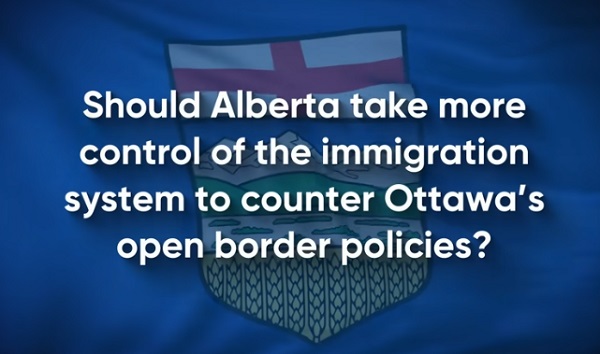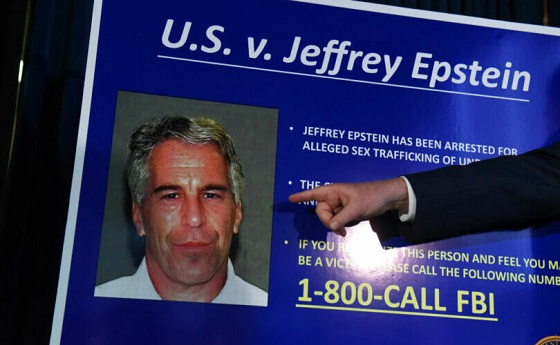Economy
Canada should not want to lead the world on climate change policy
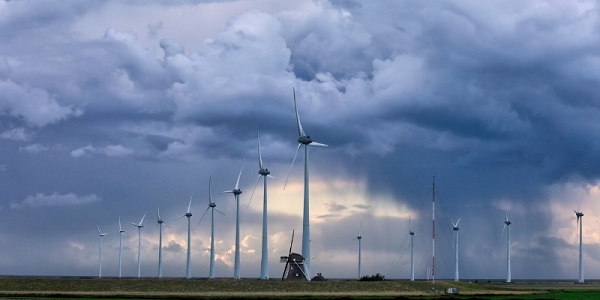
From the Fraser Institute
Some commentators in the media want the the federal Conservatives to take a leadership position on climate, and by extension make Canada a world leader on the journey to the low-carbon uplands of the future. This would be a mistake for three reasons.
First, unlike other areas such as trade, defence or central banking, where diplomats aim for realistic solutions to identifiable problems, in the global climate policy world one’s bona fides are not established by actions but by willingness to recite the words of an increasingly absurd creed. Take, for example, United Nations Secretary General António Guterres’ fanatical rhetoric about the “global boiling crisis” and his call for a “death knell” for fossil fuels “before they destroy our planet.” In that world no credit is given for actually reducing emissions unless you first declare that climate change is an existential crisis, that we are (again, to quote Guterres) at the “tip of a tipping point” of “climate breakdown” and that “humanity has become a weapon of mass extinction.” Any attempt to speak sensibly on the issue is condemned as denialism, whereas any amount of hypocrisy from jet-setting politicians, global bureaucrats and celebrities is readily forgiven as long as they parrot the deranged climate crisis lingo.
The opposite is also true. Unwillingness to state absurdities means actual accomplishments count for nothing. Compare President Donald Trump, who pulled out of the Paris treaty and disparaged climate change as unimportant, to Prime Minister Justin Trudeau who embraced climate emergency rhetoric and dispatched ever-larger Canadian delegations to the annual greenhouse gabfests. In the climate policy world, that made Canada a hero and the United States a villain. Meanwhile, thanks in part to expansion of natural gas supplies under the Trump administration, from 2015 to 2019 U.S. energy-based CO2 emissions fell by 3 per cent even as primary energy consumption grew by 3 per cent. In Canada over the same period, CO2 emissions fell only 1 per cent despite energy consumption not increasing at all. But for the purpose of naming heroes and villains, no one cared about the outcome, only the verbiage. Likewise, climate zealots will not credit Conservatives for anything they achieve on the climate file unless they are first willing to repeat untrue alarmist nonsense, and probably not even then.
On climate change, Conservatives should resolve to speak sensibly and use mainstream science and economic analysis, but that means rejecting climate crisis rhetoric and costly “net zero” aspirations. Which leads to the second problem—climate advocates love to talk about “solutions” but their track record is 40 years of costly failure and massive waste. Here again leadership status is tied to one’s willingness to dump ever-larger amounts of taxpayer money into impractical schemes loaded with all the fashionable buzzwords. The story is always the same. We need to hurry and embrace this exciting economic opportunity, which for some reason the private sector won’t touch.
There are genuine benefits to pursuing practical sensible improvements in the way we make and use fossil fuels. But the current and foreseeable state of energy technology means CO2 mitigation steps will be smaller and much slower than was the case for other energy side-effects such as acid rain and particulates. It has nothing to do with lack of “political will;” it’s an unavoidable consequence of the underlying science, engineering and economics. In this context, leadership means being willing sometimes to do nothing when all the available options yield negative net benefits.
That leads to the third problem—opportunity cost. Aspiring to “climate leadership” means not fixing any of the pressing economic problems we currently face. Climate policy over the past four decades has proven to be very expensive, economically damaging and environmentally futile. The migration of energy-intensive industry to China and India is a very real phenomenon and more than offsets the tiny emission-reduction measures Canada and other western countries pursued under the Kyoto Protocol.
The next government should start by creating a new super-ministry of Energy, Resources and Climate where long-term thinking and planning can occur in a collaborative setting, not the current one where climate policy is positioned at odds with—and antagonistic towards—everything else. The environment ministry can then return its focus to air and water pollution management, species and habitat conservation, meteorological services and other traditional environmental functions. The climate team should prepare another national assessment but this time provide much more historical data to help Canadians understand long-term observed patterns of temperature and precipitation rather than focusing so much on model simulations of the distant future under implausible emission scenarios.
The government should also move to extinguish “climate liability,” a legal hook on which dozens of costly nuisance lawsuits are proliferating here and elsewhere. Canada should also use its influence in the UN Intergovernmental Panel on Climate Change to reverse the mission creep, clean out the policy advocacy crowd and get the focus back on core scientific assessments. And we should lead a push to move the annual “COPs”—Conferences of the Parties to the Rio treaty—to an online format, an initiative that would ground enough jumbo jets each year to delay the melting of the ice caps at least a century.
Finally, the new Ministry of Energy, Resources and Climate should work with the provinces to find one region or municipality willing to be a demonstration project on the feasibility of relying only on renewables for electricity. We keep hearing from enthusiasts that wind and solar are the cheapest and best options, while critics point to their intermittency and hidden costs. Surely there must be one town in Canada where the councillors, fresh from declaring a climate crisis and buying electric buses, would welcome the chance to, as it were, show leadership. We could fit them out with all the windmills and solar panels they want, then disconnect them from the grid and see how it goes. And if upon further reflection no one is willing to try it, that would also be useful information.
In the meantime, the federal Conservatives should aim merely to do some sensible things that yield tangible improvements on greenhouse gas emissions without wrecking the economy. Maybe one day that will be seen as real leadership.
Author:
Business
Trump confirms 35% tariff on Canada, warns more could come

Quick Hit:
President Trump on Thursday confirmed a sweeping new 35% tariff on Canadian imports starting August 1, citing Canada’s failure to curb fentanyl trafficking and retaliatory trade actions.
Key Details:
- In a letter to Canadian Prime Minister Mark Carney, Trump said the new 35% levy is in response to Canada’s “financial retaliation” and its inability to stop fentanyl from reaching the U.S.
- Trump emphasized that Canadian businesses that relocate manufacturing to the U.S. will be exempt and promised expedited approvals for such moves.
- The administration has already notified 23 countries of impending tariffs following the expiration of a 90-day negotiation window under Trump’s “Liberation Day” trade policy.
Diving Deeper:
President Trump escalated his tariff strategy on Thursday, formally announcing a 35% duty on all Canadian imports effective August 1. The move follows what Trump described as a breakdown in trade cooperation and a failure by Canada to address its role in the U.S. fentanyl crisis.
“It is a Great Honor for me to send you this letter in that it demonstrates the strength and commitment of our Trading Relationship,” Trump wrote to Prime Minister Mark Carney. He added that the tariff response comes after Canada “financially retaliated” against the U.S. rather than working to resolve the flow of fentanyl across the northern border.
Trump’s letter made clear the tariff will apply broadly, separate from any existing sector-specific levies, and included a warning that “goods transshipped to evade this higher Tariff will be subject to that higher Tariff.” The president also hinted that further retaliation from Canada could push rates even higher.
However, Trump left the door open for possible revisions. “If Canada works with me to stop the flow of Fentanyl, we will, perhaps, consider an adjustment to this letter,” he said, adding that tariffs “may be modified, upward or downward, depending on our relationship.”
Canadian companies that move operations to the U.S. would be exempt, Trump said, noting his administration “will do everything possible to get approvals quickly, professionally, and routinely — In other words, in a matter of weeks.”
The U.S. traded over $762 billion in goods with Canada in 2024, with a trade deficit of $63.3 billion, a figure Trump called a “major threat” to both the economy and national security.
Speaking with NBC News on Thursday, Trump suggested even broader tariff hikes are coming, floating the idea of a 15% or 20% blanket rate on all imports. “We’re just going to say all of the remaining countries are going to pay,” he told Meet the Press moderator Kristen Welker, adding that “the tariffs have been very well-received” and noting that the stock market had hit new highs that day.
The Canadian announcement is part of a broader global tariff rollout. In recent days, Trump has notified at least 23 countries of new levies and revealed a separate 50% tariff on copper imports.
“Not everybody has to get a letter,” Trump said when asked if other leaders would be formally notified. “You know that. We’re just setting our tariffs.”
Business
UN’s ‘Plastics Treaty’ Sports A Junk Science Wrapper
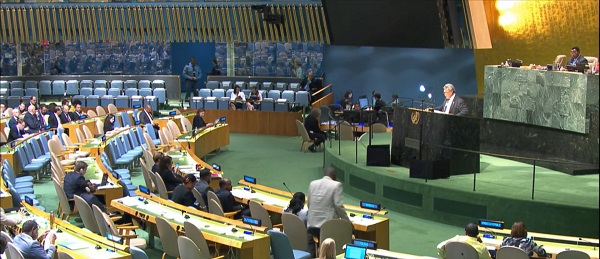

From the Daily Caller News Foundation
By Craig Rucker
According to a study in Science Advances, over 90% of ocean plastic comes from just 10 rivers, eight of which are in Asia. The United States, by contrast, contributes less than 1%. Yet Pew treats all nations as equally responsible, promoting one-size-fits-all policies that fail to address the real source of the issue.
Just as people were beginning to breathe a sigh of relief thanks to the Trump administration’s rollback of onerous climate policies, the United Nations is set to finalize a legally binding Global Plastics Treaty by the end of the year that will impose new regulations, and, ultimately higher costs, on one of the world’s most widely used products.
Plastics – derived from petroleum – are found in everything from water bottles, tea bags, and food packaging to syringes, IV tubes, prosthetics, and underground water pipes. In justifying the goal of its treaty to regulate “the entire life cycle of plastic – from upstream production to downstream waste,” the U.N. has put a bull’s eye on plastic waste. “An estimated 18 to 20 percent of global plastic waste ends up in the ocean,” the UN says.
As delegates from over 170 countries prepare for the final round of negotiations in Geneva next month, debate is intensifying over the future of plastic production, regulation, and innovation. With proposals ranging from sweeping bans on single-use plastics to caps on virgin plastic output, policymakers are increasingly citing the 2020 Pew Charitable Trusts report, Breaking the Plastic Wave, as one of the primary justifications.
But many of the dire warnings made in this report, if scrutinized, ring as hollow as an empty PET soda bottle. Indeed, a closer look reveals Pew’s report is less a roadmap to progress than a glossy piece of junk science propaganda—built on false assumptions and misguided solutions.
Pew’s core claim is dire: without urgent global action, plastic entering the oceans will triple by 2040. But this alarmist forecast glosses over a fundamental fact—plastic pollution is not a global problem in equal measure. According to a study in Science Advances, over 90% of ocean plastic comes from just 10 rivers, eight of which are in Asia. The United States, by contrast, contributes less than 1%. Yet Pew treats all nations as equally responsible, promoting one-size-fits-all policies that fail to address the real source of the issue.
This blind spot has serious consequences. Pew’s solutions—cutting plastic production, phasing out single-use items, and implementing rigid global regulations—miss the mark entirely. Banning straws in the U.S. or taxing packaging in Europe won’t stop waste from being dumped into rivers in countries with little or no waste infrastructure. Policies targeting Western consumption don’t solve the problem—they simply shift it or, worse, stifle useful innovation.
The real tragedy isn’t plastic itself, but the mismanagement of plastic waste—and the regulatory stranglehold that blocks better solutions. In many countries, recycling is a government-run monopoly with little incentive to innovate. Meanwhile, private-sector entrepreneurs working on advanced recycling, biodegradable materials, and AI-powered sorting systems face burdensome red tape and market distortion.
Pew pays lip service to innovation but ultimately favors centralized planning and control. That’s a mistake. Time and again, it’s been technology—not top-down mandates—that has delivered environmental breakthroughs.
What the world needs is not another top-down, bureaucratic report like Pew’s, but an open dialogue among experts, entrepreneurs, and the public where new ideas can flourish. Imagine small-scale pyrolysis units that convert waste into fuel in remote villages, or decentralized recycling centers that empower informal waste collectors. These ideas are already in development—but they’re being sidelined by policymakers fixated on bans and quotas.
Worse still, efforts to demonize plastic often ignore its benefits. Plastic is lightweight, durable, and often more environmentally efficient than alternatives like glass or aluminum. The problem isn’t the material—it’s how it has been managed after its use. That’s a “systems” failure, not a material flaw.
Breaking the Plastic Wave champions a top-down, bureaucratic vision that limits choice, discourages private innovation, and rewards entrenched interests under the guise of environmentalism. Many of the groups calling for bans are also lobbying for subsidies and regulatory frameworks that benefit their own agendas—while pushing out disruptive newcomers.
With the UN expected to finalize the treaty by early 2026, nations will have to face the question of ratification. Even if the Trump White House refuses to sign the treaty – which is likely – ordinary Americans could still feel the sting of this ill-advised scheme. Manufacturers of life-saving plastic medical devices, for example, are part of a network of global suppliers. Companies located in countries that ratify the treaty will have no choice but to pass the higher costs along, and Americans will not be spared.
Ultimately, the marketplace of ideas—not the offices of policy NGOs—will deliver the solutions we need. It’s time to break the wave of junk science—not ride it.
Craig Rucker is president of the Committee For A Constructive Tomorrow (www.CFACT.org).
-

 Also Interesting1 day ago
Also Interesting1 day ago9 Things You Should Know About PK/PD in Drug Research
-

 Business2 days ago
Business2 days ago‘Experts’ Warned Free Markets Would Ruin Argentina — Looks Like They Were Dead Wrong
-
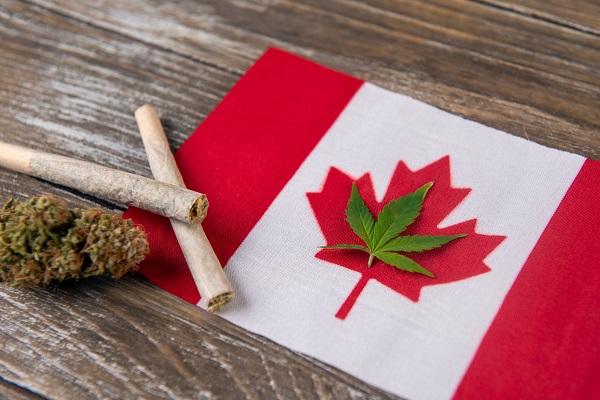
 Business1 day ago
Business1 day agoCannabis Legalization Is Starting to Look Like a Really Dumb Idea
-
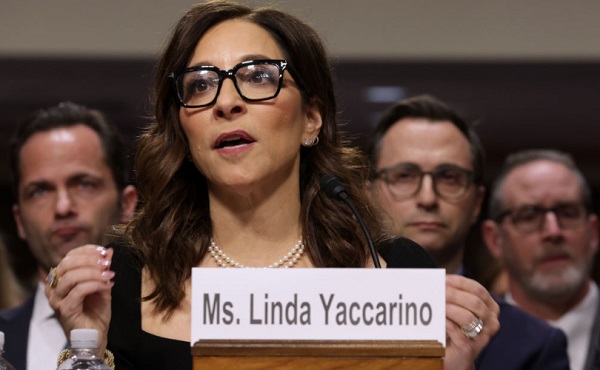
 Business2 days ago
Business2 days agoWEF-linked Linda Yaccarino to step down as CEO of X
-
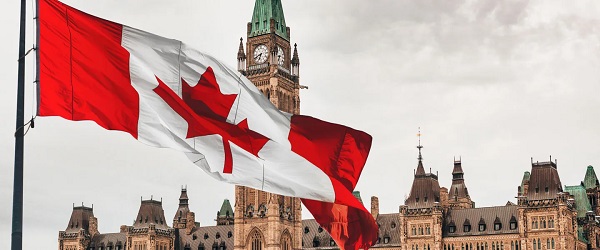
 Business1 day ago
Business1 day agoCarney government should recognize that private sector drives Canada’s economy
-

 Bruce Dowbiggin1 day ago
Bruce Dowbiggin1 day agoThe Covid 19 Disaster: When Do We Get The Apologies?
-
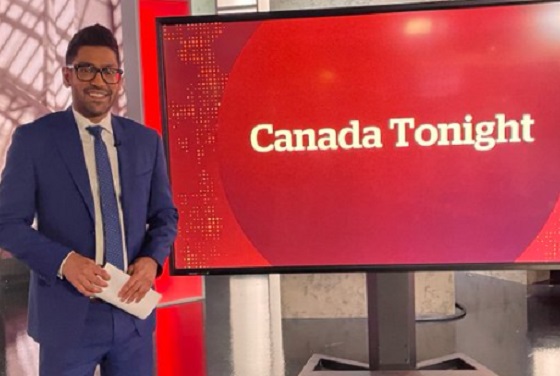
 Media1 day ago
Media1 day agoCBC journalist quits, accuses outlet of anti-Conservative bias and censorship
-
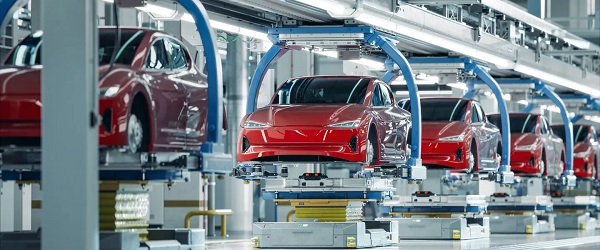
 Automotive2 days ago
Automotive2 days agoAmerica’s EV Industry Must Now Compete On A Level Playing Field





